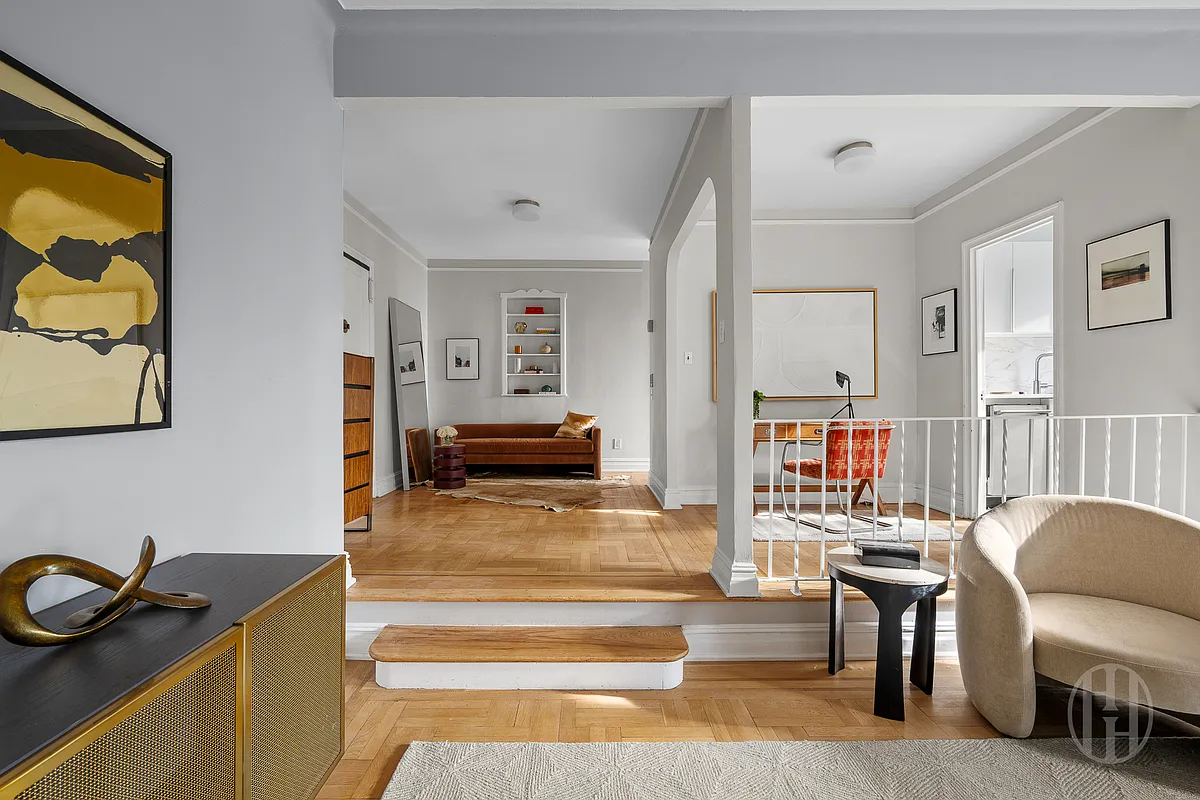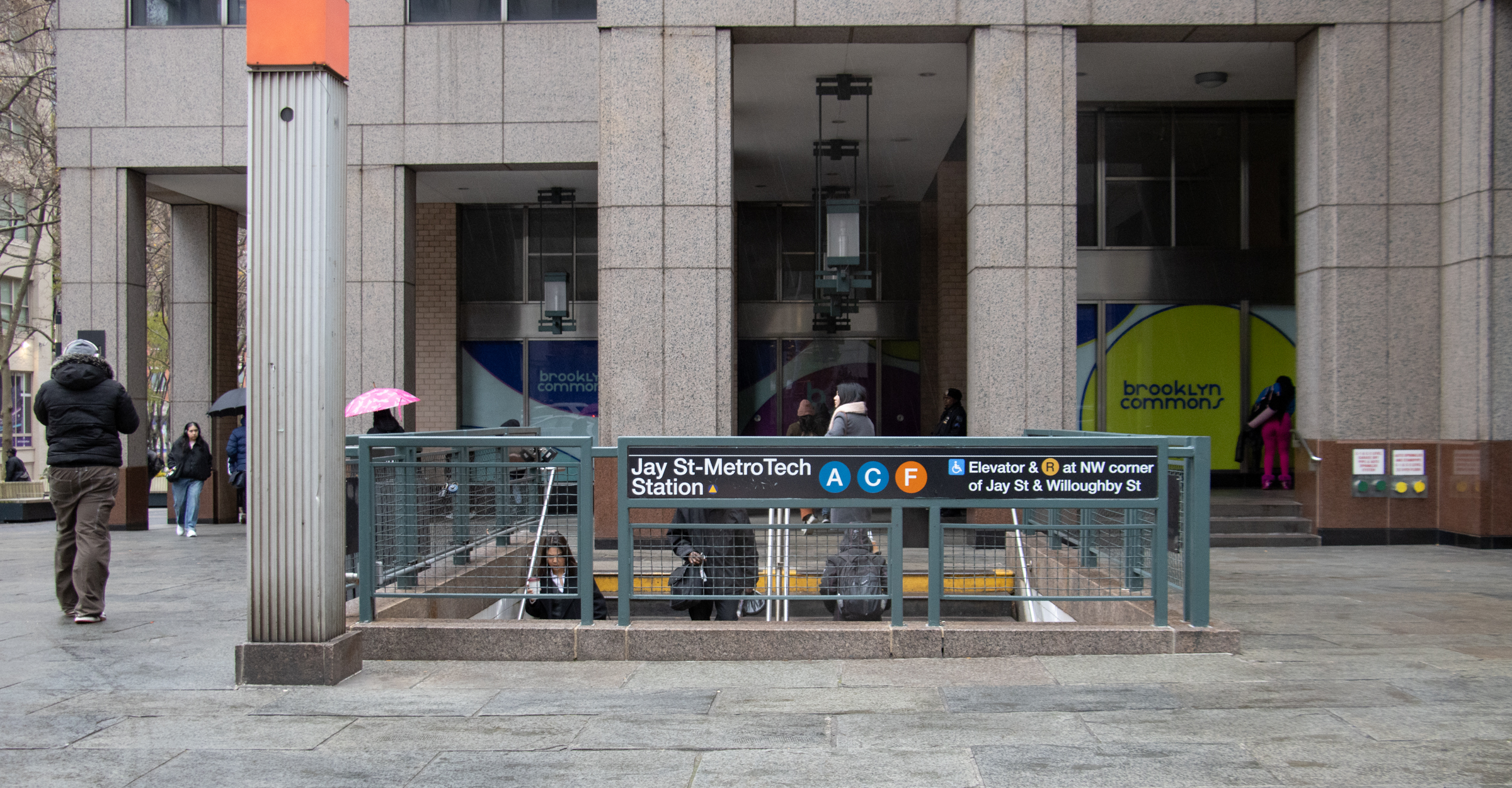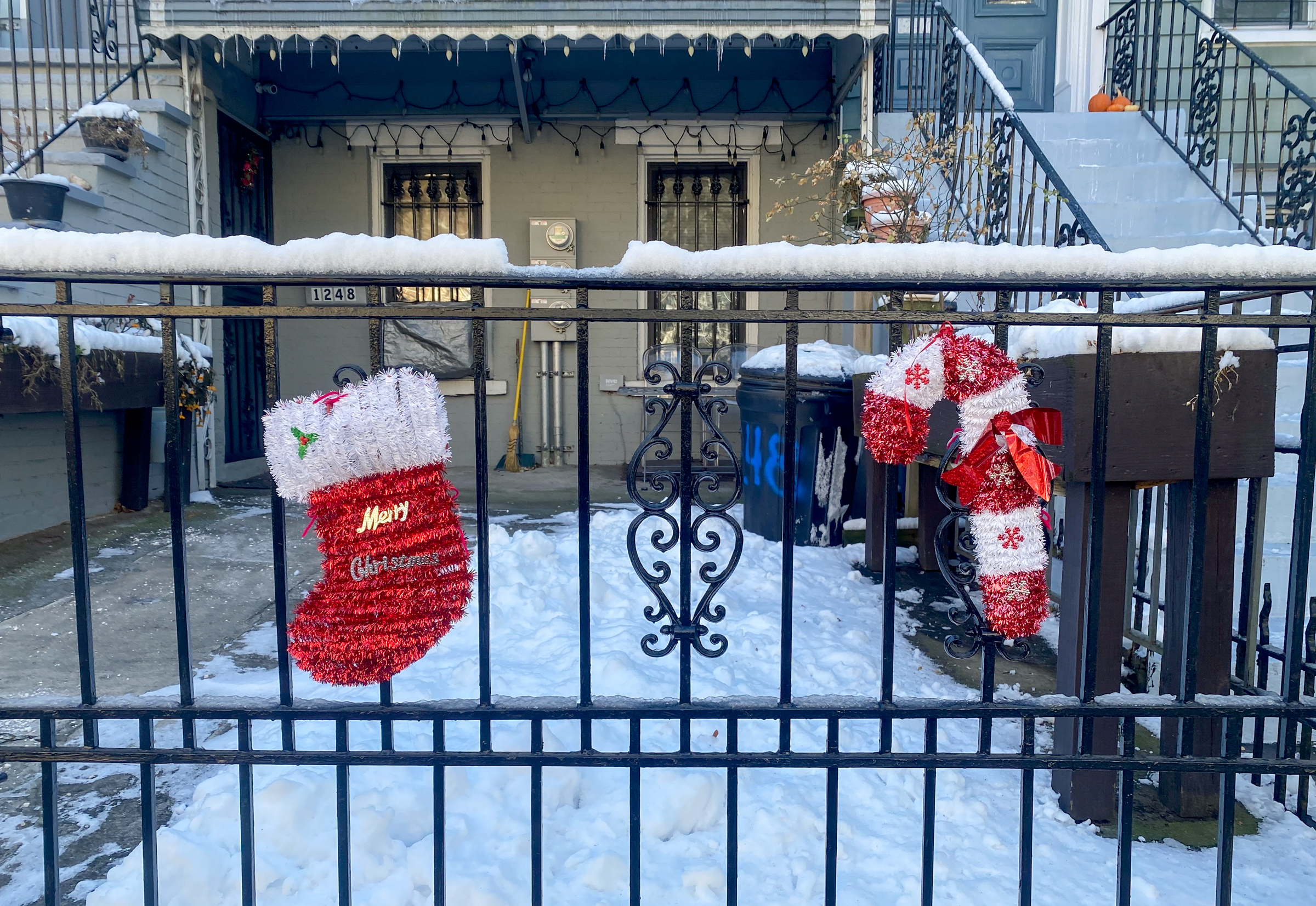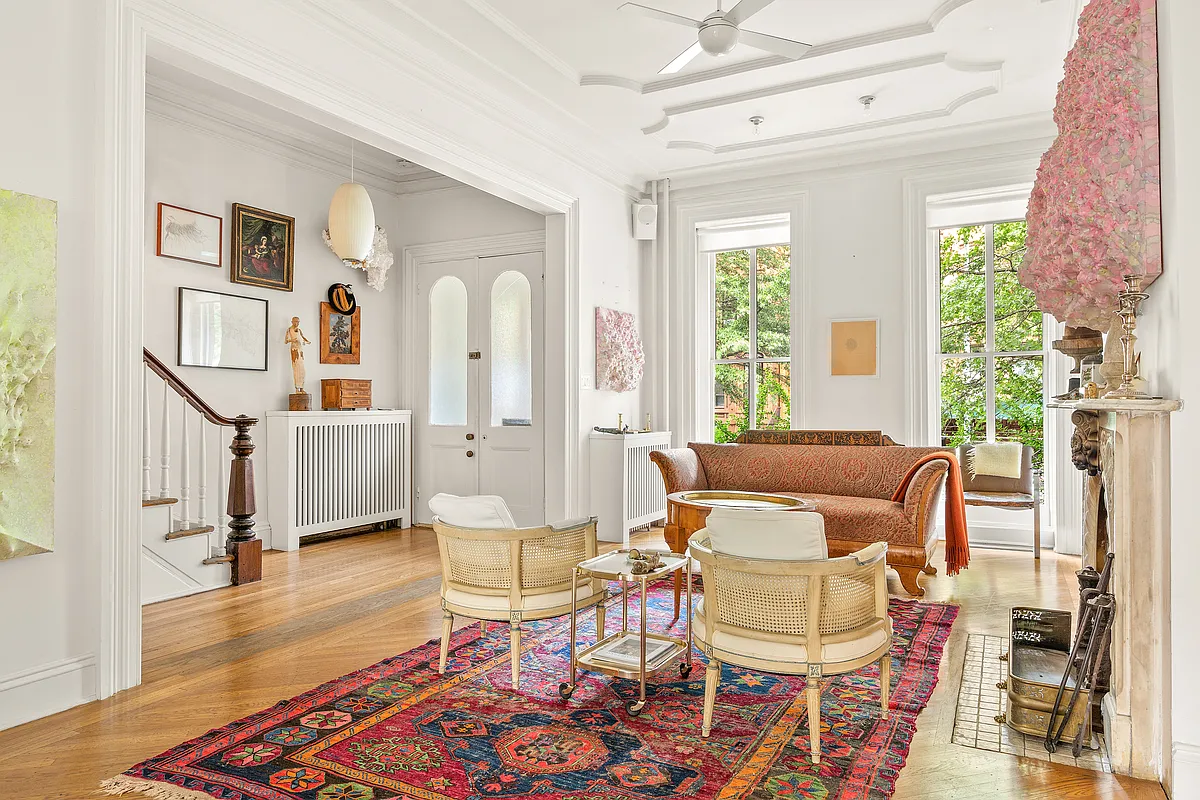Details on the Borough Hall Skyscraper District
The creation of the Borough Hall Skyscraper District had been in the works for at least five years (we reported on it being discussed at a Brooklyn Heights Association meeting back in 2005) before it was officially presented at a Landmarks hearing on October 26. But we had yet to see a proposed map of…


The creation of the Borough Hall Skyscraper District had been in the works for at least five years (we reported on it being discussed at a Brooklyn Heights Association meeting back in 2005) before it was officially presented at a Landmarks hearing on October 26. But we had yet to see a proposed map of the district until Community Board 2 sent out the materials yesterday for next Tuesday’s meeting. (Turns out it’s been available on the LPC site for a while though.) In addition to running the map above, we’ve cut-and-pasted the text of the district description that was also included in the mailing below. We’d be surprised if it wasn’t ultimately approved, but, as Crain’s and The Post have pointed out, not everyone is wild about the idea.
In the first half of the nineteenth century, especially following the chartering of the City of Brooklyn in 1834 and the completion of its new City Hall in 1848, a distinct civic and commercial center began to crystallize along the eastern edge of residential Brooklyn Heights. As the city continued to grow during the 1850s and 1860s—in the process becoming the nation’s third-most populous urban area—the streets immediately adjacent to City Hall were taken over almost exclusively by businesses.
In the later decades of the nineteenth century transportation improvements further encouraged commercial development in the area. The Brooklyn Bridge, which opened in 1883, directly connected the neighborhood with Manhattan’s financial center. Soon newer—and often much taller—buildings began to rise on the surrounding streets, including the impressive Romanesque-Revival Franklin Building that survives at 186 Remsen Street.
Brooklyn’s commercial heart continued to grow in the years following the consolidation of Great New York in 1898. The Temple Bar Building, for example, was erected in 1901 at the corner of Court and Joralemon Streets and was intended to attract the city’s leading lawyers to the borough. Other office buildings soon followed including the speculative venture at 32 Court Street that was completed in 1918.
The conception and construction of the Brooklyn Municipal Building—originally planned in 1909 but not completed until 1927—lead many to speculate that the area surrounding Brooklyn’s Borough Hall would become a financial center to rival that of Lower Manhattan. The area’s tallest and most architecturally intricate skyscrapers were erected during this period, particularly the stately, 35-story Montague-Court Building at 16 Court Street and the handsomely detailed Brooklyn Chamber of Commerce Building at 75 Livingston Street, both completed in 1927.
The proposed Borough Hall Skyscraper Historic District, comprising approximately 20
properties, is characterized primarily by tall commercial buildings erected in the late nineteenth and early twentieth centuries. Designed in a range of styles from the Romanesque-Revival to the Beaux-Arts to the Modern, the structures in the study area represent the work of an impressive group of architects including Helmle, Huberty & Hudswell; McKenzie, Voorhees & Gmelin; George L. Morse; the Parfitt Brothers; Schwartz & Gross; H. Craig Severence; and Starrett & Van Vleck. It contains many of the borough’s most architecturally distinguished business buildings, as well as its two most significant civic structures—the Brooklyn Municipal Building and the individually-designated Brooklyn Borough Hall.





I’m normally not a big fan of historic districts, but this one is so small that it will not really have an impact on anyone except for the owners of the 18 properties.
If you are going to have historic districts, this is the way to do it.
This seems sensible and overdue. I want to see the municipal building landmarked especially as there is talk of inserting storefronts along court street.
The existing storefronts in the great commercial buildings have been messed up and need restoration or improvement; they don’t seem to match the quality of what is above. And of course at any time the ornamental features of any of the buildings could be stripped off in order to save money on facade repairs. It’s a good move to designate this little area.
I wonder why they left out the great bank buildings on the north side of Montague Street? That seems like an odd omission.
That’s exactly what I was referring to when I said, “One of the most arbitrary and *unnecessary* futures strains on the business community and regulatory agencies.”
New business rents a space in one of these buildings and wants to update the storefront? How long before their design is approved? There are already rules in NYC about the appearance of storefronts — that should be enough. Instead, this overstressed agency that is hardly streamlined with DOB, etc. will make arbitrary (or at least personal) decisions about the business appearance and take months and months to do it. Not to mention the commercial impact of these decisions on a foot-traffic based company.
Landmarks staff had more on their plate than they could reasonably process five years ago, much less now. No more landmarking until the agency is right sized up. They torture everyone, their is one person making final aesthetic decisions, they are un-appealable. This is outrageous.
they can’t handle what they have now!
Blayse — Would you say that all of the buildings withing this proposed Landmarked District are truly ‘historic’? And is ‘decent design’ really going to be the threshold?!!
And what is wrong with my argument? 80% of the reason these building are “significant” is because they are old. Many of them are equally generic… just older.
There should have been a law: No building in Brooklyn can be higher than the Williamsburg Bank Building. Too late now.
Grand pa. They existed pre landmarking and they are outside the Brooklyn Heights Historic district. but I assume you knew that and had some other comment really in mind.
Why are these out of context high rises allowed near Brooklyn Heights?
Borough Hall is already landmarked, it’s just going to be within the district.
And don’t use the argument that old farmhouses and tenements were there, and thus we wouldn’t have these significant skyscrapers had developers in the past didn’t knock those older smaller buildings down.
The argument here is really preserving historic buildings with decent design, not the generic glass crap that gets thrown up in Manhattan and Williamsburg everyday.